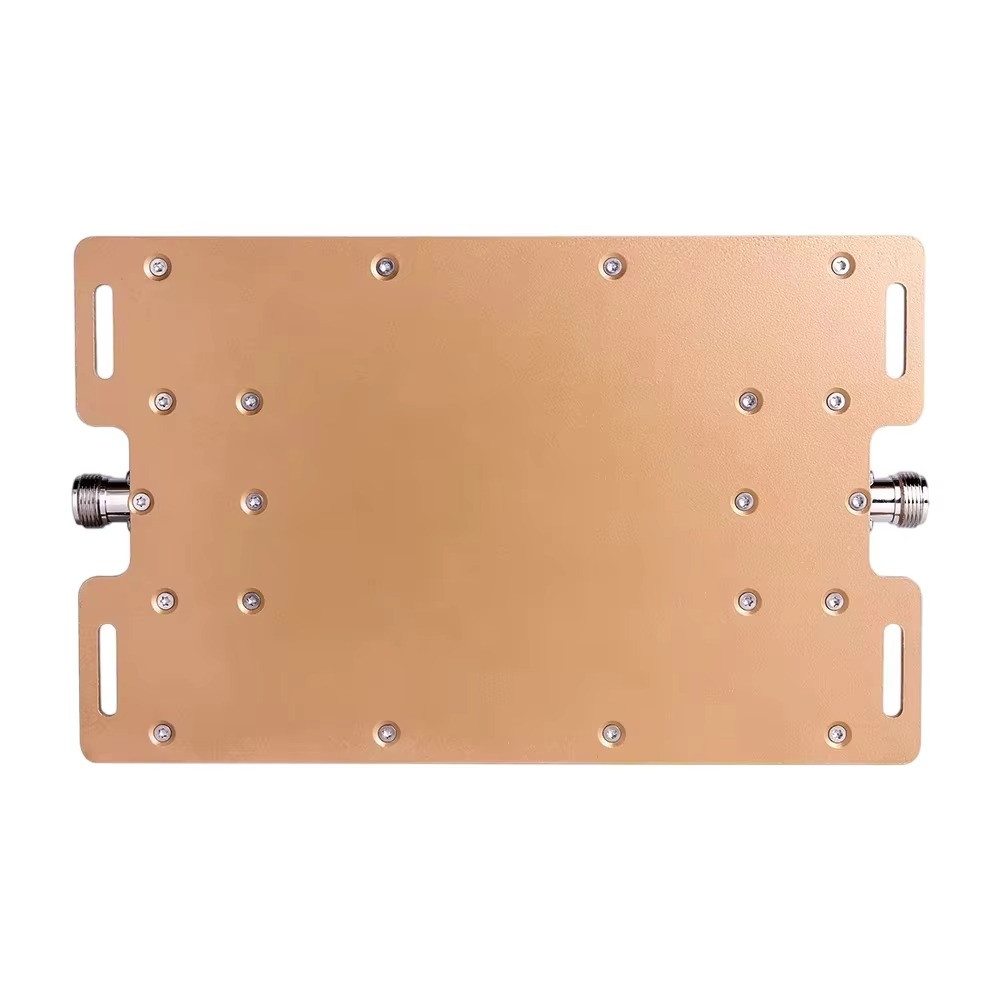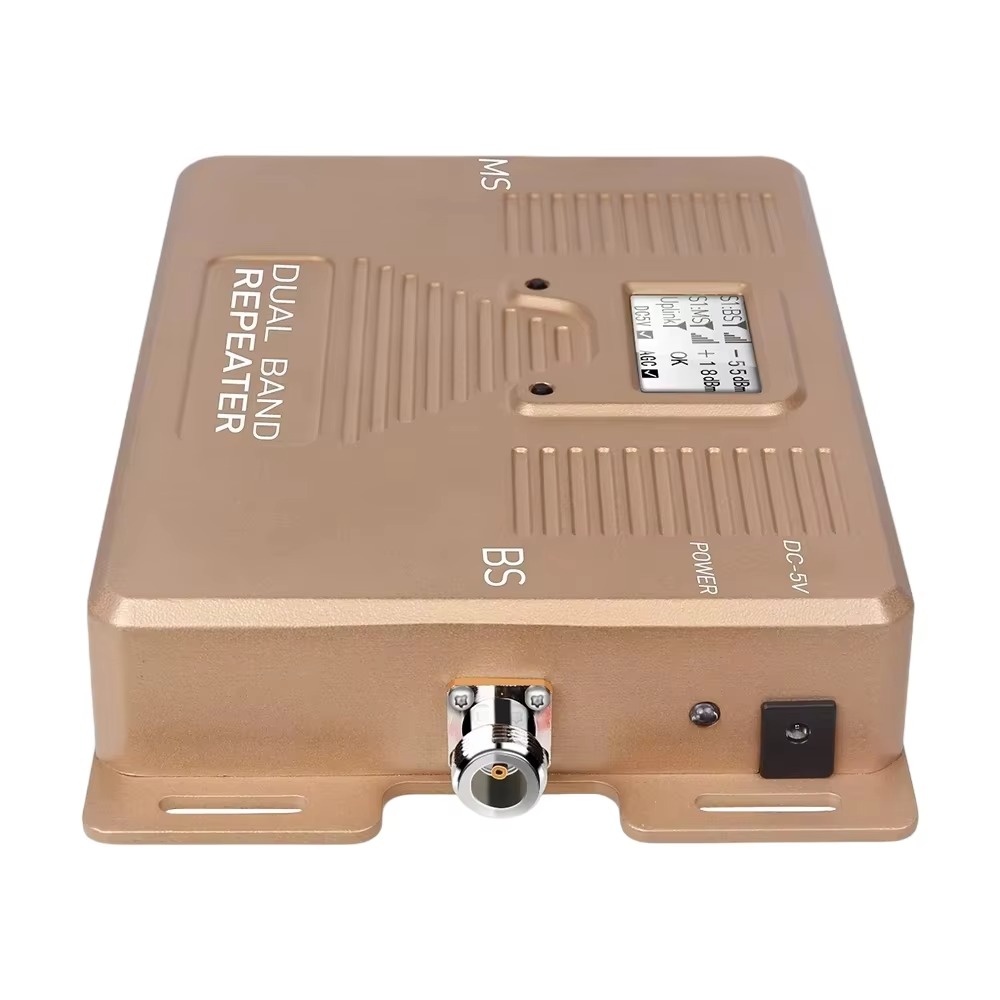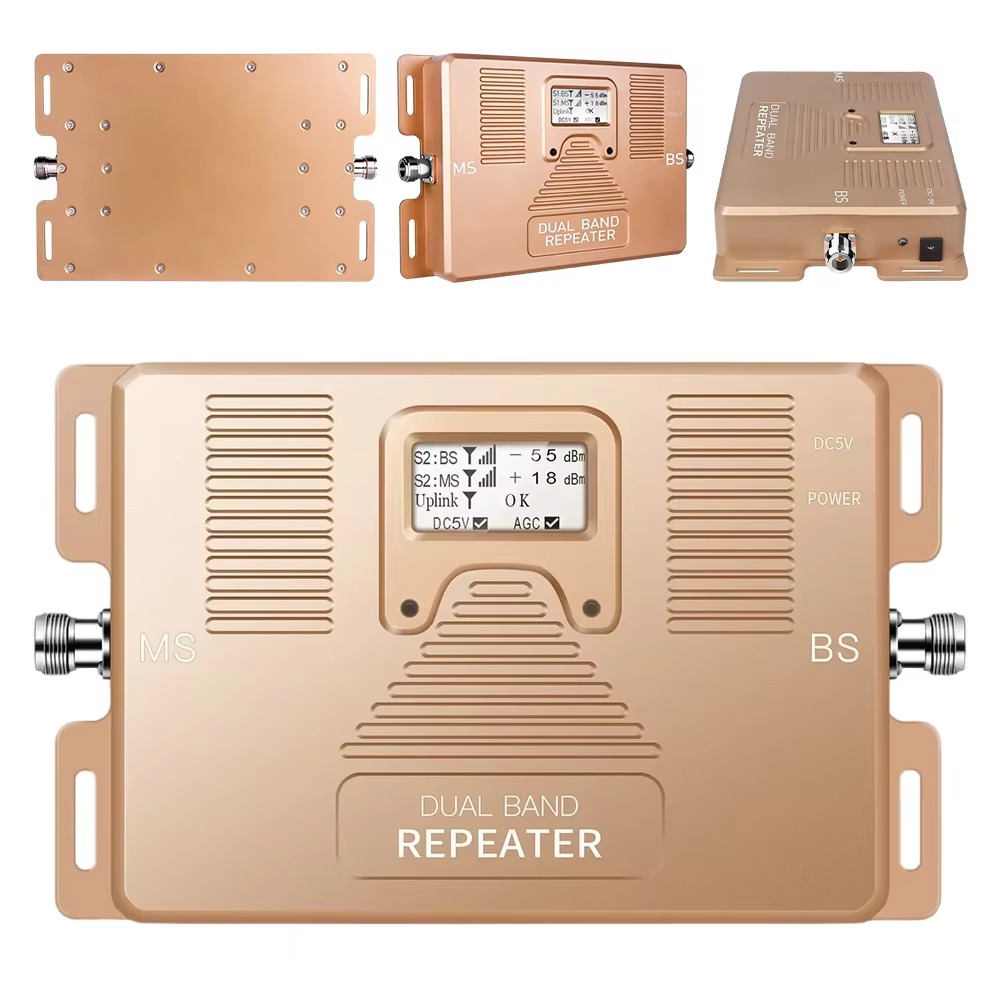Applications:
Autonomous Vehicles: Multi-constellation dual-frequency GNSS antennas are essential for autonomous vehicles, providing precise positioning information for navigation, obstacle avoidance, and path planning. The high accuracy and reliability of these antennas are critical for ensuring the safety and efficiency of autonomous driving systems.
Precision Agriculture: In agriculture, these antennas enable precise mapping and monitoring of crops, improving yield and reducing resource wastage. By integrating GNSS positioning with other sensors, such as cameras and LiDAR, farmers can optimize planting, fertilization, and harvesting operations, leading to more sustainable and profitable farming practices.
Surveying and Mapping: GNSS antennas are widely used in surveying and mapping applications, providing accurate positioning data for creating detailed maps and models. The high accuracy and fast convergence of dual-frequency antennas make them ideal for applications that require rapid and precise data collection, such as topographic surveys and 3D modeling.
Unmanned Aerial Vehicles (UAVs): UAVs rely on GNSS antennas for navigation, stabilization, and payload control. Multi-constellation dual-frequency antennas provide the high accuracy and reliability needed for UAVs to perform complex tasks, such as aerial photography, inspection, and delivery, in a variety of environments.
IoT and Smart Cities: The integration of GNSS antennas into IoT devices enables location-based services and asset tracking, enhancing the functionality of smart city applications. For example, GNSS-enabled sensors can monitor traffic flow, air quality, and waste management, providing valuable data for city planners and improving the quality of life for residents.
Future Trends:
Integration with 5G and AI: The integration of multi-constellation dual-frequency GNSS antennas with 5G networks and artificial intelligence (AI) technologies will enable more intelligent and connected positioning solutions. 5G networks can provide low-latency, high-bandwidth communication, while AI algorithms can optimize positioning accuracy and reliability by analyzing large datasets and adapting to changing conditions.
Miniaturization and Wearability: Continued advancements in miniaturization will lead to the development of even smaller and more wearable GNSS antennas, expanding their applications in health monitoring, personal navigation, and sports performance analysis. These antennas will be integrated into smartwatches, fitness trackers, and other wearable devices, providing users with real-time positioning information on the go.
Enhanced Multi-Constellation Support: Future antennas will support an even wider range of GNSS constellations and frequency bands, improving global coverage and accuracy. As new constellations, such as India's NavIC and Japan's QZSS, come online, these antennas will be able to leverage additional satellite signals, further enhancing their performance and reliability.
Sustainable Design: There will be a growing emphasis on sustainable design, with a focus on reducing the environmental impact of GNSS antennas through the use of eco-friendly materials and manufacturing processes. Manufacturers will also explore ways to extend the lifespan of these antennas through modular design and easy maintenance, reducing electronic waste and promoting a circular economy.
Conclusion
The multi-constellation dual-frequency GNSS antenna represents a significant advancement in navigation and positioning technology, offering unparalleled accuracy, reliability, and versatility. By receiving signals from multiple GNSS constellations across two distinct frequency bands, these antennas can achieve centimeter-level accuracy, even in challenging environments where satellite visibility may be limited. Their design and construction involve sophisticated techniques to ensure optimal performance, while their working principles enable precise positioning through advanced signal processing algorithms.
Despite facing challenges such as complexity, signal interference, and thermal management, multi-constellation dual-frequency GNSS antennas have found widespread applications in autonomous vehicles, precision agriculture, surveying, mapping, UAVs, and IoT. Looking ahead, the integration of 5G, AI, and sustainable design principles will drive the evolution of these antennas, opening up new possibilities for intelligent and connected positioning solutions.
As the global GNSS infrastructure continues to expand, the importance of multi-constellation dual-frequency GNSS antennas is expected to grow significantly. These antennas will play a crucial role in shaping the future of navigation and positioning, enabling a wide range of innovative applications that enhance our daily lives and drive economic growth. By continuing to innovate and improve these antennas, manufacturers can meet the evolving needs of various industries and ensure that accurate and reliable positioning remains accessible to all.




































































 Language
Language
 En
En Cn
Cn Korean
Korean

 Home >
Home > 







 18665803017 (Macro)
18665803017 (Macro)













